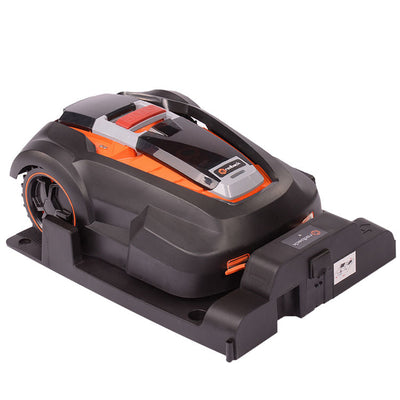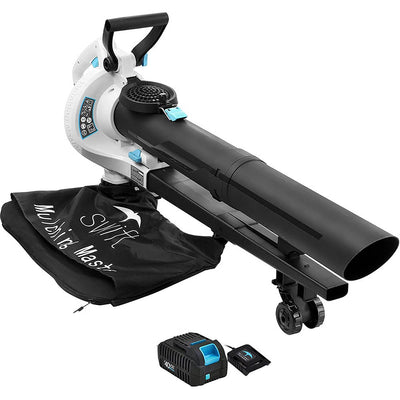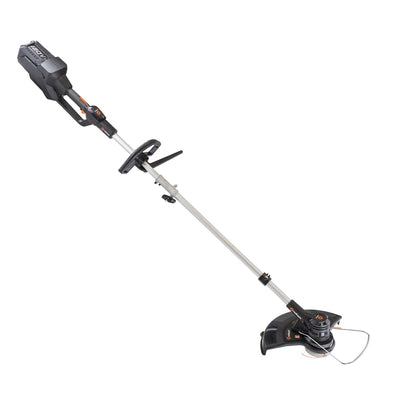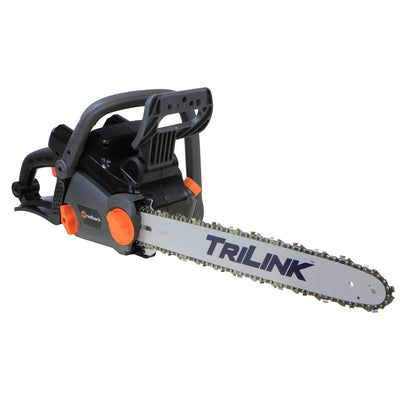How to Fix an Unhealthy Lawn
The lawn is a vital part of your home, and keeping it healthy is crucial to maintaining curb appeal. Unfortunately, lawns can fall victim to several problems that leave them looking patchy, brown, and generally unhealthy. If your lawn needs a little TLC, don't despair – with some work, you can get it looking green and luscious in no time. You can change your lawn from scraggly to golf-course green in just a few steps. Here are some common lawn problems with the solutions.
You can change your lawn from scraggly to golf-course green in just a few steps. Here are some common lawn problems with the solutions.
Lack Of Sunlight
Grass needs a minimum of 6 hours of sunlight a day to stay healthy. So, if your lawn is in a shady spot, it's no wonder it's not looking its best. Even so-called shade-tolerant turfgrass varieties won't do well in dark corners of the yard. If you prune the trees too aggressively to create sunlight, you can harm the tree. You may want to cut your losses and replace the sun-starved patch of grass with a shade-tolerant ground cover, like a bishop's hat or sweet woodruff. Or you can convert that part of the lawn with gravel or a perennial bed.
Poor Drainage
Lawns need well-drained soil to stay healthy, so if your lawn is soggy or puddles form after a rainstorm, it's a sign that the drainage is poor. The first step is to know where the water is coming from – is it a high water table, an irrigation problem, or runoff from a nearby slope? Once you find out the source of the problem, take steps to improve the drainage. If the water table is too high, you might need to install a drainage system. Ensure your sprinklers are appropriately calibrated for irrigation problems so they're not overwatering the lawn. And if runoff is the issue, you can build a berm or swale to direct the water away from the lawn.
 Weed and Crabgrass Invasion
Weed and Crabgrass Invasion
Crabgrass is grass that invades lawns, crowds out the desirable turfgrass, and generally gives you an unhealthy lawn. A great way to deal with crabgrass is to prevent it from taking over in the first place. Mow your lawn regularly, water deeply but less frequently, and fertilize in the fall to promote root growth. Regularly mowing can be challenging but can be made easier with robot mowers.
You can also use a pre-emergent herbicide to prevent crabgrass seeds from germinating. If crabgrass has already taken over part of your lawn, you'll need to dig it up or kill it with an herbicide. Then take steps to improve the health of your lawn so the crabgrass doesn't come back.
Thin Grass
If your lawn is thin and patchy, the problem is likely with the soil, not the grass. The first step is the soil test, which you can do yourself with a home testing kit or through your local cooperative extension. It will indicate the soil's pH level and what nutrients are lacking. Based on the soil test results, you can take steps to improve the health of your lawn, such as spreading limestone if the soil is acidic or sulfur if it's too alkaline. You might also need to add fertilizer or amend the soil with organic matter.
Now that you know how to identify and fix an unhealthy lawn, it's time to take action. If your lawn shows signs of distress, don't wait to address the problem. You can prevent further damage by taking prompt action and restoring your lawn to its former glory.






